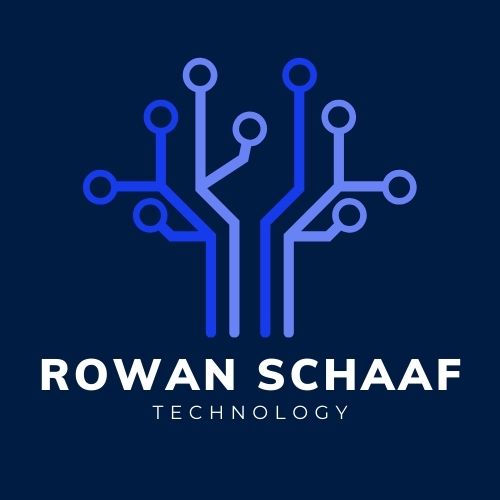We live in an age of omnipresent digital platforms, where the need for seamless interactions isn’t a luxury anymore, it’s a bare minimum. As software development increasingly prioritizes user-centric approaches, the role of User Experience (UX) Design becomes more crucial than ever. In this article, we delve into the evolving dynamics of UX design in software development and how emerging technologies and novel trends are contributing to this transformation.
The discipline of UX design revolves around curating products that offer meaningful and personally relevant interactions. As we gaze into the future, technologies such as artificial intelligence (AI), augmented reality (AR), virtual reality (VR), and breakthroughs in biometric technology are set to redefine how we interact with digital platforms, promising a more immersive, tailored, and intuitive user experience.
AI: The UX Game-Changer
There’s no denying that Artificial Intelligence (AI) is causing ripples in numerous fields, and UX design doesn’t escape its influence. By leveraging Machine Learning (ML) and natural language processing, AI equips UX designers to build more personalized, anticipatory, and user-friendly interfaces.
Netflix serves as an excellent example, deploying AI to personalise user suggestions, reportedly saving $1 billion per year by minimising subscription cancellations.
Furthermore, AI fosters a more inclusive UX. Case in point, Google’s Lookout app assists visually challenged individuals by recognising objects and text in their surroundings.
AR/VR: Crafting Immersive and Interactive UX
As AR and VR technologies progress, they hold immense promise in creating immersive and interactive user experiences. A standout sector here is e-commerce. IKEA’s AR application, IKEA Place, allows users to visualise how furniture would look in their homes.
In VR, Facebook’s Horizon Workrooms offer a deeply immersive meeting space for remote teams, promoting natural interaction. The VR experience transcends conventional two-dimensional interfaces, inviting more engaging, three-dimensional interactions.
Voice User Interface (VUI): The Emerging Norm
With the increasing ubiquity of smart home devices like Amazon’s Alexa and Google Home, designing Voice User Interfaces (VUIs) has gained heightened importance. As per a report by Juniper Research, the world could see 8 billion digital voice assistants in use by 2023.
Designing for VUI entails a significant shift from traditional screen-based interfaces, necessitating a fresh set of UX principles. With speech recognition technology getting more precise, the scope for VUI in user-friendly software applications is boundless.
Biometrics: Enhancing UX
Biometric technology, such as facial recognition and fingerprint scanning, is increasingly being integrated into UX design to amplify security and personalization. Apple’s Face ID technology is a notable example, offering a user-friendly and secure UX, eliminating the need for passwords and PINs.
The evolution of biometric technology also paves the way for innovative UX design possibilities like affective computing – systems that comprehend and respond to human emotions. By recognizing facial expressions, voice modulations, and body language, these systems could offer a more empathetic and personalised UX.
The Rise of Adaptive Interfaces
Adaptive interfaces are emerging as a significant aspect of UX design, delivering a more personalized user experience. These interfaces can adapt to a user’s behavior, preferences, and needs over time. Spotify’s Discover Weekly playlist exemplifies this, offering personalised music suggestions based on a user’s listening history.
Prioritizing Privacy in Design
Amid growing concerns over digital privacy, Privacy-Centered Design (PCD) is becoming a critical trend in UX design. PCD ingrains transparency, user control, and trust in the design process, ensuring user data is handled with respect and security. It involves creating interfaces that enable users to easily understand what data is being collected and how it’s utilized.
As technology evolves, UX design will continue its transformation to foster more effective, intuitive, and engaging user experiences. To remain relevant in this dynamic landscape, designers and developers need to adapt to these emerging trends and technologies, aligning their strategies with user needs and expectations.
Continue to read, learn, and stay at the forefront of UX design.

